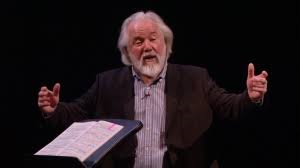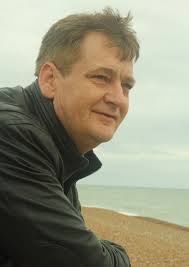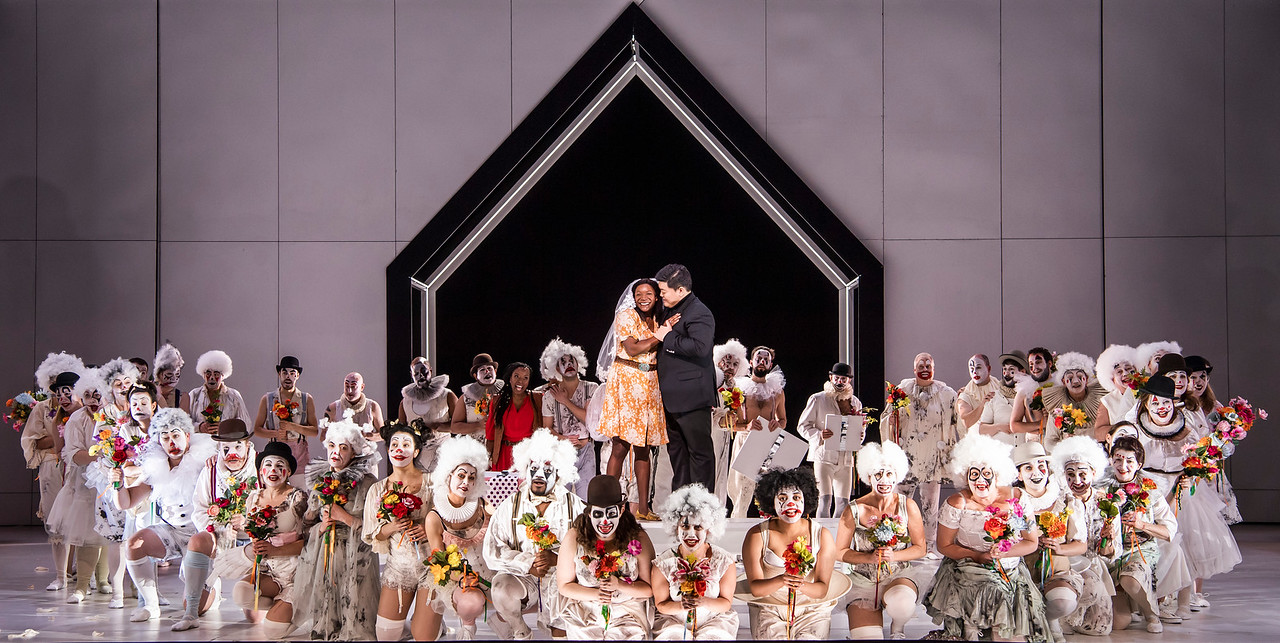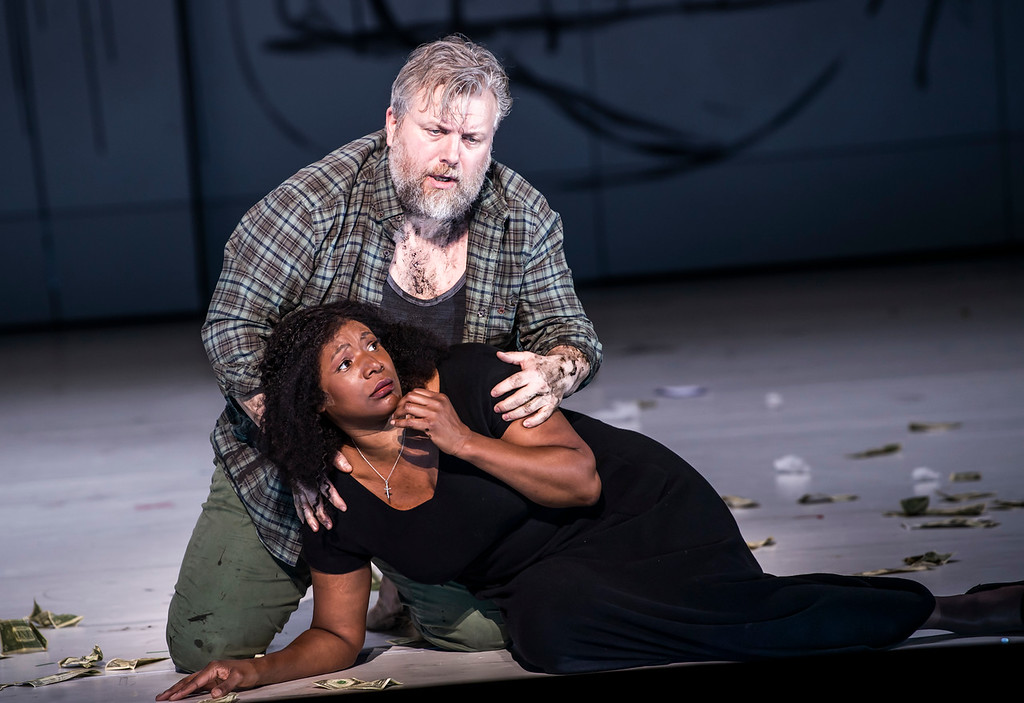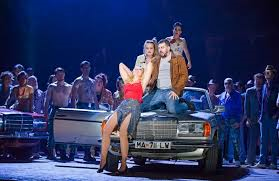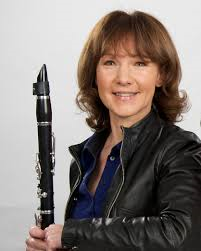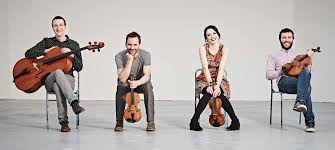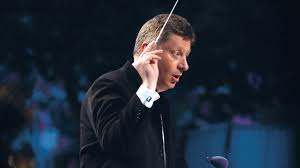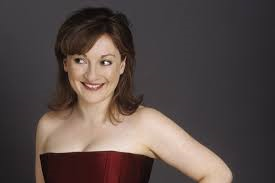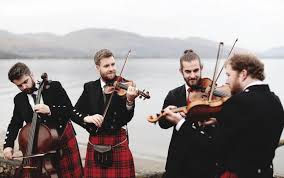Brighton Dome, 1 March 2020
Presented by Brighton and Hove Philharmonic Society rather than accompanied by Brighton Philharmonic Orchestra this was effectively a two-man piano recital. But anyone who has ever seen Kevin Worbey and Steven Farrell in action will know that the term doesn’t come anywhere near conveying their combination of comic repartee and glittering musicianship. Imagine Victor Borge reworked for the 21st century, twice over, spliced with a whiff of Liberace and packaged with stupendous virtuosity.
Everything played has been arranged by the two of them and hammed up for flamboyance. “We’ve long puzzled about why Scott Joplin marked all his rags to be played slowly” they tell the audience cheerfully, before launching into a prestissimo account of Maple Leaf Rag “And we’ve come to the conclusion that he just couldn’t play them as fast as we can.”
Worbey and Farrell put their own spin on the four-hands-one-piano concept – treating the keyboard as an orchestra, frequently thrusting their hands over or below each others and occasionally running round the piano stool. Having started with Katchachurian’s Masquerade, by the time we get to Bohemian Rhapsody the camera has come on and their hands, often moving as fast as hummingbirds, are projected onto a big screen behind them. It’s a nice touch and would work – with a bit of applied technology amd willingness – for any concert, featuring a concerto so that every audience member can see the action in close up. Worbey and Farrell helpfully wear different coloured shirts so you can see whose hands belong to whom.
These two, a couple in life as well as work, have the sort of palpable rapport which comes from being totally attuned to each other – from near-perfect musical coherence to well practised quasi party tricks such as one of them damping the piano strings under the lid to make the other’s playing sound guitar-like or turning round and playing a top note by sitting on the keyboard.
They play a range of classical and popular pieces ending with an encore which starts with Tchaikovsky’s first piano concerto and then darts off into all sorts of hilariously unlikely territory. Their Strauss medley (which they call a “mash up”) is wittily embellished with high register decorations (they do the same, later, with the Dambusters March) and they get the whole audience clapping along to the Radetsky march by gesturing with their heads. Their Peter and the Wolf convinces us that we really are listening to a feline clarinet or a duck-like oboe and their changed happy ending is good honest fun. I was pleased, incidentally, to see so many children and family groups in the audience.
It’s one thing for write a piano transcription of a symphony, overture or other orchestral piece. There are added complications if it’s a concerto or quasi-concerto – you’d think there might not be enough space on a single keyboard but Worbey and Farrell find it in spades for Rhapsody in Blue which delivers every ounce of orchestral colour to such an extent that you find yourself wondering whether the piece actually needs an orchestra at all.
A refreshing and very enjoyable afternoon.
Susan Elkin


